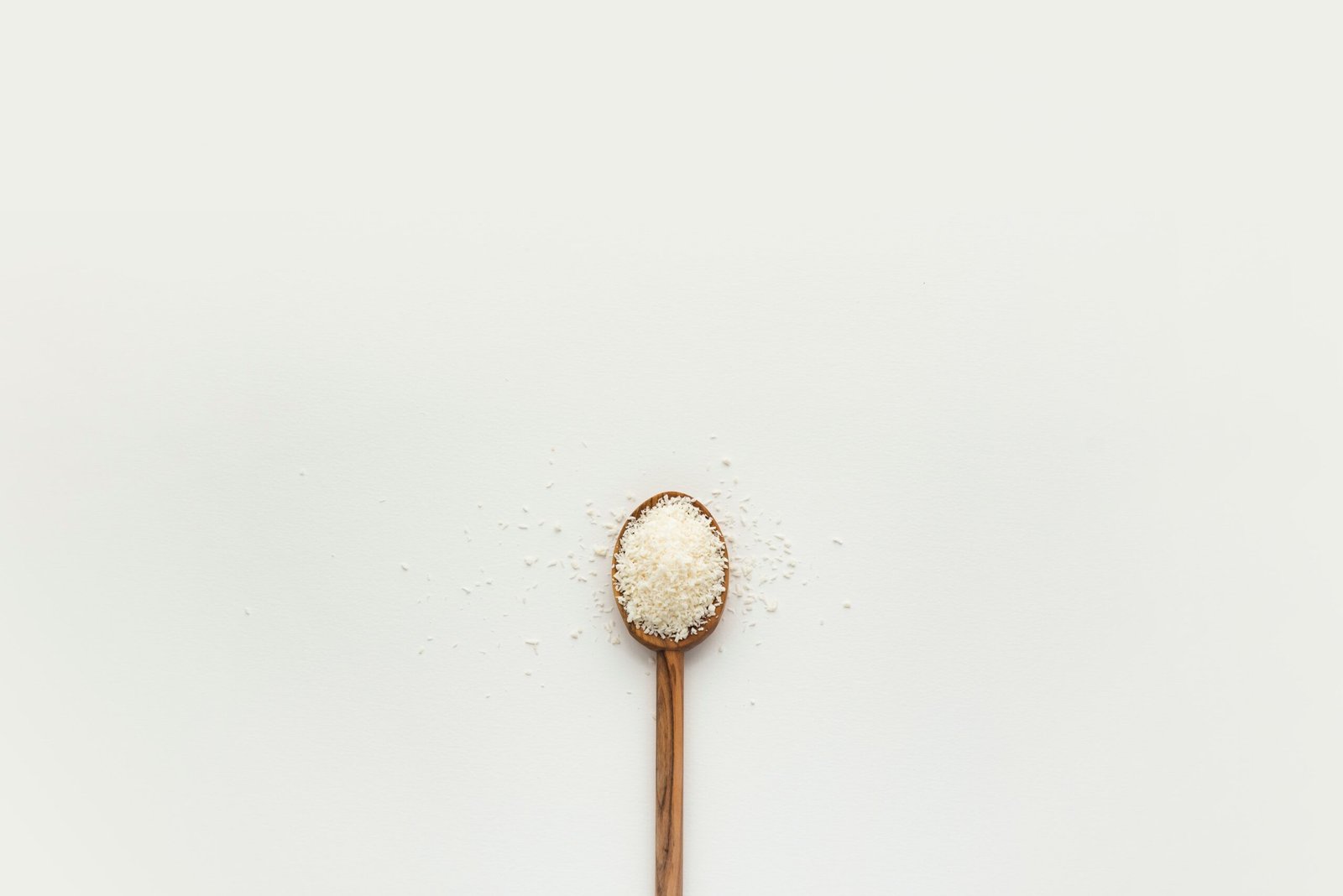Table salt, a staple in many households, has long been used to enhance the flavor of our favorite dishes. However, recent studies have shed light on a potential link between the excessive consumption of table salt and an increased risk of chronic kidney disease. In this article, we will explore the findings of these studies and discuss ways to reduce our salt intake while still enjoying delicious meals.
The Role of Salt in Our Diets
Salt, also known as sodium chloride, plays a crucial role in maintaining the balance of fluids in our bodies. It helps regulate blood pressure, supports nerve function, and aids in the proper functioning of our muscles. However, consuming too much salt can have detrimental effects on our health.
The Link to Chronic Kidney Disease
Several studies have found a correlation between high salt intake and an increased risk of chronic kidney disease. One study published in the American Journal of Kidney Diseases followed over 3,000 participants for more than a decade. The researchers found that those with the highest salt intake had a significantly higher risk of developing chronic kidney disease compared to those with lower salt intake.
Excessive salt consumption can lead to high blood pressure, a major risk factor for chronic kidney disease. When we consume too much salt, our bodies retain water to dilute the sodium concentration, which increases blood volume and puts extra strain on the kidneys. Over time, this can lead to kidney damage and the development of chronic kidney disease.
Reducing Salt Intake
While it may seem difficult to reduce our salt intake, there are several simple steps we can take to lower our risk of chronic kidney disease:
- Read food labels: Pay attention to the sodium content listed on food labels. Choose low-sodium or sodium-free options whenever possible.
- Limit processed foods: Processed foods, such as canned soups, frozen meals, and snacks, often contain high levels of sodium. Opt for fresh, whole foods instead.
- Use herbs and spices: Experiment with herbs, spices, and other flavorings to enhance the taste of your meals without relying on salt.
- Gradually reduce salt: Start by reducing the amount of salt you add to your meals gradually. Your taste buds will adjust over time, and you may find that you don’t need as much salt as before.
- Choose low-sodium alternatives: Look for low-sodium versions of your favorite condiments, such as soy sauce or salad dressings.
Conclusion
While salt is an essential component of our diets, excessive consumption can increase the risk of chronic kidney disease. By being mindful of our salt intake and making small changes to our eating habits, we can reduce this risk and protect our kidney health. Remember, small steps can lead to significant improvements in our overall well-being.
